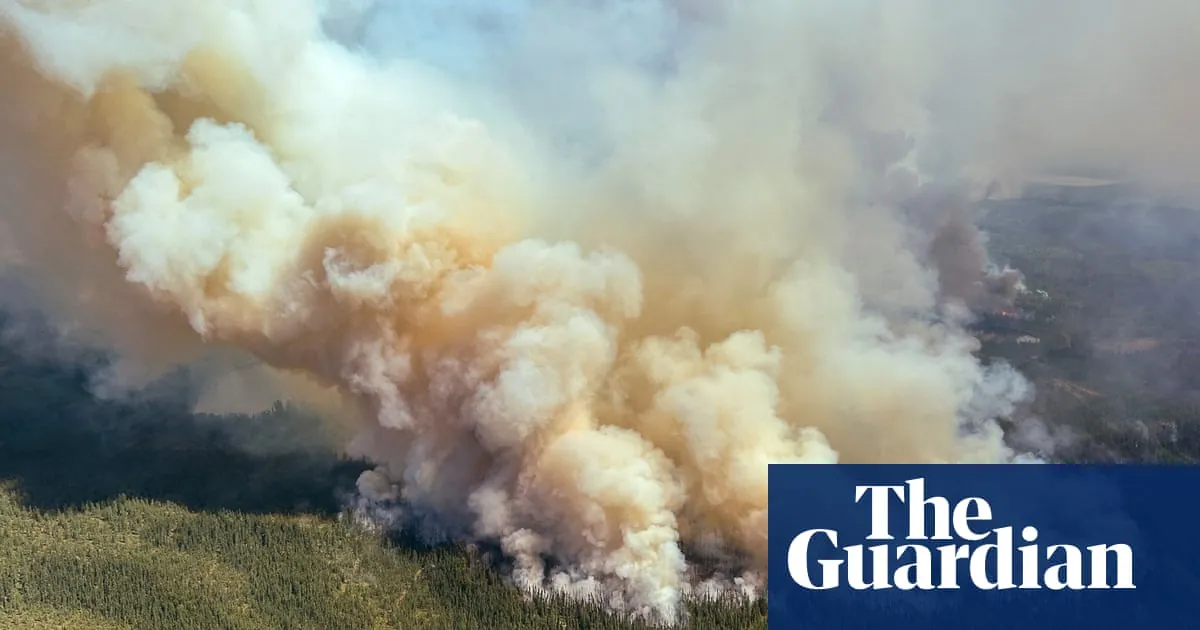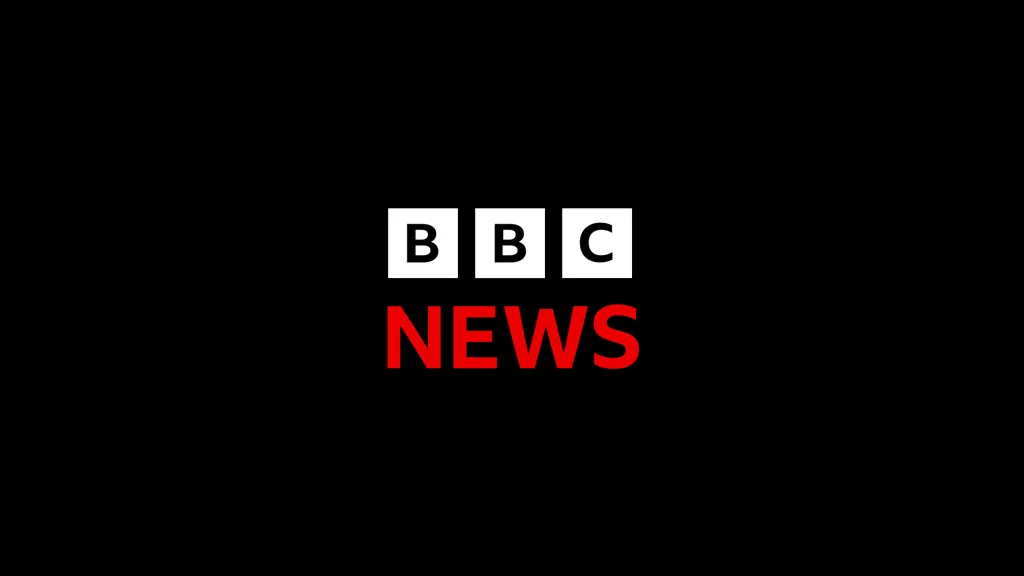In advance of the wave of wildfire smoke, the US National Weather Service has issued air quality alerts for parts of Minnesota between Lake Superior and the Canadian border.
Air quality in the worst-affected cities across the midwest and mid-Atlantic regions could reach the “red” category, signifying an air quality index exceeding 150 and unhealthy conditions for all groups.
The health effects of wildfire smoke is an increasingly urgent area of medical research.
Other recent studies have found that wildfire smoke worsens the risk of stroke, negatively impacts brain function, and can even interfere with fertility treatments.
New data suggest that thousands of people now die each year from wildfire smoke in the US, creating billions of dollars of additional costs to the economy.
Massive early-season fires have erupted throughout Canada’s prairie provinces this week, putting a strain on local emergency response and endangering a significant portion of eastern North America’s hazardous air quality.
The two biggest fires in the nation, the Bird River and the Border fires, are still entirely uncontrolled in northern Manitoba. About 200,000 hectares have already been burned by wildfires in Manitoba alone this year, which is roughly three times the province’s recent full-year average.
The Canadian military is currently airlifting more than 17,000 people out of wildfire zones, some of which presently lack safe overland roads that would connect them to the rest of the nation. A state of emergency was proclaimed throughout the province on Wednesday by Premier Wab Kinew of Manitoba and on Thursday by Premier Scott Moe of Saskatchewan.
At a news conference, Kinew declared, “This is the biggest evacuation Manitoba will have seen in most people’s living memory.”. For the first time, we have fires in every region rather than just one. That is an indication of a changing climate to which we will need to adjust. “”.
The fires this week have had a particularly impact on First Nations in Saskatchewan, where road closures due to hazardous conditions have forced the evacuation of entire communities and occasionally trapped others. CBC released drone footage on Wednesday that showed burning cabins and houses in northern Saskatchewan, along with towering flames. Alberta’s oil country is also experiencing wildfires, which have forced evacuations and interrupted production this week.
Over the last two weeks, satellite images have revealed extreme fire behavior, including pyrocumulus clouds, which were uncommon in northern Canada until recently, particularly in the early stages of the annual fire season. These clouds can aid in transferring smoke high into the atmosphere, where it can travel great distances, and they indicate a particularly hot and intense fire.
The US National Weather Service has issued air quality alerts for portions of Minnesota between Lake Superior and the Canadian border ahead of the surge of smoke from wildfires.
According to weather predictions, smoke will continue to blow across the border into the United States in the days ahead, which could significantly deteriorate the quality of the air downstream in places like Chicago, Detroit, and Washington, DC. In the worst-hit cities in the Midwest and mid-Atlantic, the air quality may even fall into the “red” category, which denotes unhealthy conditions for all groups and an index above 150.
This week’s fires were made more intense by an extended stretch of abnormally warm and dry weather, which is a trend made worse by climate change. The two worst fire seasons in Canadian history occurred in 2023 and 2024. For a brief period in June 2023, New York City’s air was the most unhealthy in the world due to the orange skies caused by wildfire smoke that was brought south from Canada.
According to the latest assessments conducted by Natural Resources Canada, fire conditions are currently at their highest point in many of the regions where wildfires are currently out of control. For the rest of the spring and summer, government forecasters also predict that the fire seasons in British Columbia, Alberta, Saskatchewan, and Manitoba will all remain “well above average.”.
Medical research on wildfire smoke’s effects on health is becoming more and more urgent. For the first time, a study released this week discovered that breathing in the fine soot particles from wildfire smoke can harm the heart and lungs for months after the smoke has cleared. According to other recent research, wildfire smoke impairs brain function, increases the risk of stroke, and may even conflict with fertility treatments.
The alarming conclusion drawn from these studies is that there doesn’t seem to be a safe threshold for exposure to wildfire smoke, which can be up to ten times more harmful than the soot and smog found in ordinary urban air pollution. According to new data, wildfire smoke in the US is now responsible for thousands of deaths annually, costing the economy billions of dollars in additional expenses.







